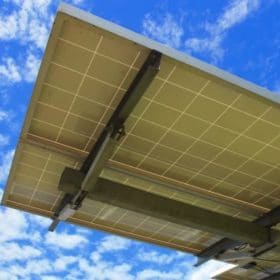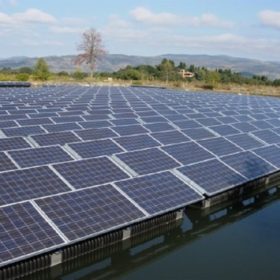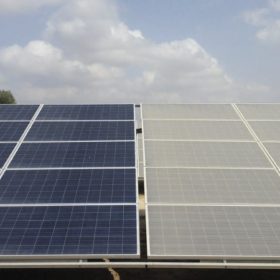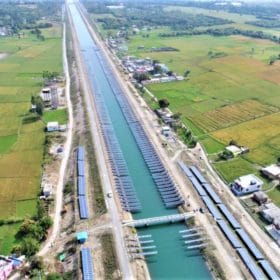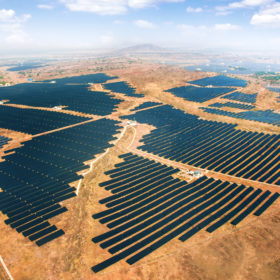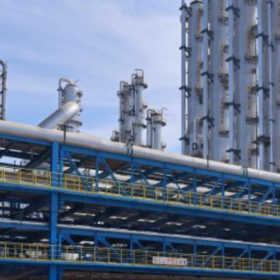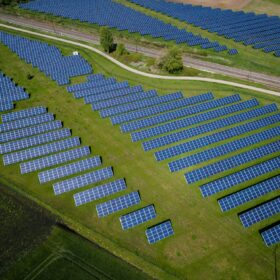Gujarat retenders 700 MW in Dholera Solar Park and 100 MW in Raghanesda
With non-solar park auction yielding a much lower tariff of INR 1.99/kWh, the Gujarat Urja Vikas Nigam Limited (GUVNL) has retendered the capacities for fresh tariff discovery. Bidding closes on April 12.
Solar tariffs could rise about 20% due to customs duty
The installation cost is set to increase as a 40% customs duty on solar modules, and 25% on cells, comes into effect from next year.
AC Energy, UPC Solar JV raises funding to develop 100 MW Rajasthan project
UPC-AC Energy Solar has closed a debt-to-equity financing deal with the US International Development Finance Corporation (DFC) to develop a 100 MW PV project in Rajasthan.
Drones playing a critical role in India’s solar boom
Drones, in combination with artificial intelligence, are helping to drive powerful insights, allowing teams to make better-informed decisions throughout the solar project development lifecycle.
India’s largest floating solar power plant to go online by June
The 100 MW facility in the Indian State of Telangana is owned by NTPC. It is being built upon the Sri Ram Sagar Project reservoir that meets the NTPC Ramagundam thermal power station’s water requirements.
AI identifies a $14bn solar problem
How do you know when an inverter or module is under-performing? Monitoring services should shed light on problems but AI-driven digital asset manager Raycatch says much information is hidden behind a wall of “noise.” Breaking that wall with advanced data analysis could unlock billions of cost savings.
Annual report card for solar in 2020
India added 4.6 GW of solar in the January-December period of the year 2020. Chinese manufacturers maintained the lead in module and inverter shipments. Longi Solar captured the lion’s share of module sales. Sungrow led the inverter supplies for utility-scale installations and Goodwe for rooftops.
Solar arrays on canals
Canal-top solar installations make an attractive proposition for India as these provide renewable electricity for farming activities without consuming the land. Such projects also lead to canal water savings due to reduced evaporation. However, their high cost compared to ground-mount remains a concern.
Solar surpasses wind in India
In January, India’s cumulative PV capacity reached 38.8 GW. This was enough to surpass wind and make solar the first renewable energy source in the country.
SECI tenders 1785 MW of solar capacity in Rajasthan
Developers can bid for anywhere from 10 MW to all of the available capacity. The projects are to be developed on a build-own-operate basis in minimum sizes of 10 MW. Bidding closes on April 19.


